Where Is Scottsdale In Arizona? Location, Lifestyle, & City Limits
Where Is Scottsdale In Arizona?
Scottsdale sits just east of Phoenix, but don’t mistake it for a spillover suburb. This is where sharp design meets desert grit, where high-end meets laid-back. Those who know the market know exactly why it holds its position as one of the best and happiest cities in the country.
All that’s great. But where is Scottsdale in Arizona, and what makes it so special?
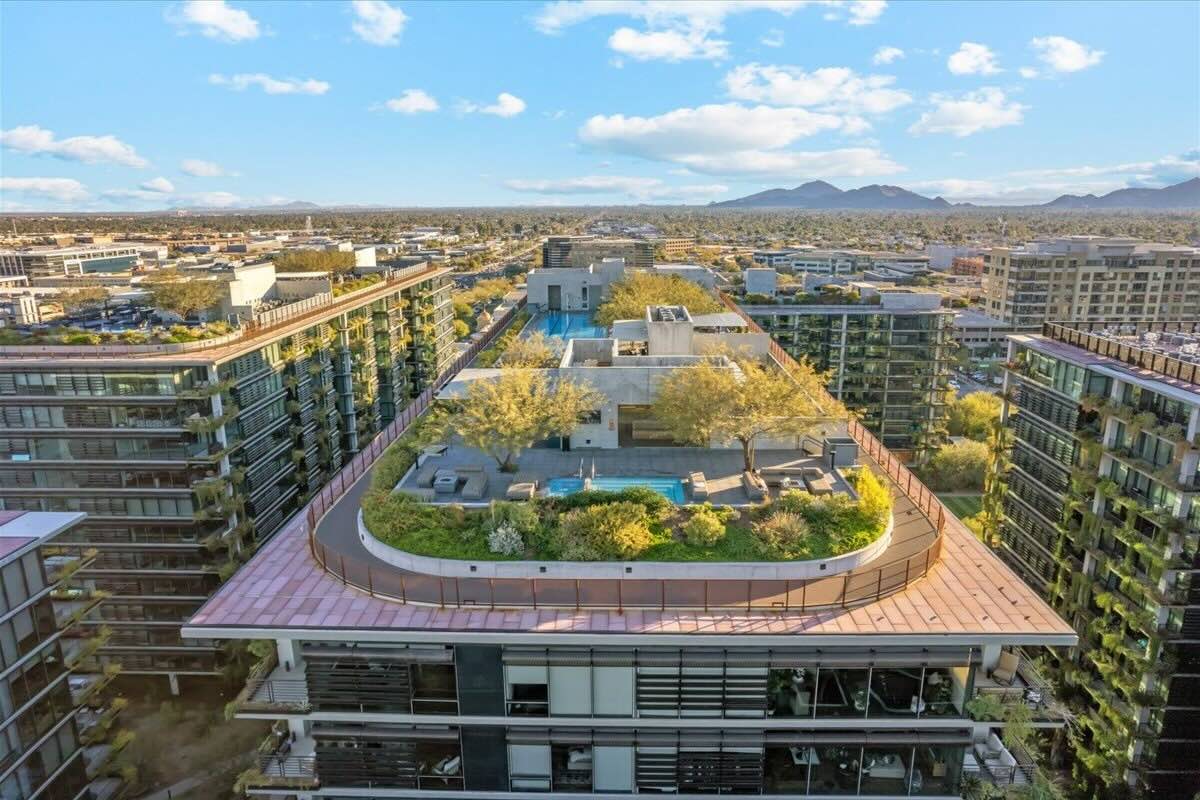
Where Scottsdale Sits Within Greater Phoenix
Scottsdale covers 184.5 square miles in the northeast part of Greater Phoenix. It stretches 31 miles from north to south, with an elevation of 1,247 feet.
It’s smartly boxed in: Phoenix to the west, the Salt River to the south, the McDowell Mountains on the east, and Tonto National Forest to the north. The layout creates real, physical limits to city sprawl, while keeping Scottsdale tightly connected to the rest of the Valley.
The Salt River edge near Tempe brings water access and outdoor space. The McDowell Mountains give hikers and homeowners wide-open views.
With 2.9 million acres of protected land, the Tonto National Forest makes sure that North Scottsdale remains surrounded by raw, undeveloped desert.
How Far Is Scottsdale From Other Major Areas?
Scottsdale’s in the thick of Greater Phoenix, and within a few hours of some of the Southwest’s biggest destinations. From airports to universities to weekend getaways, here’s how far you’ll be.
Phoenix Sky Harbor International Airport
Scottsdale’s only 9 to 14 miles from Sky Harbor, which usually means a 15- to 24-minute drive. Take AZ 202 East and exit at Scottsdale Road. It drops you right into Old Town or South Scottsdale.
Downtown Phoenix
Central Phoenix sits about 12 to 18 miles west, depending on your Scottsdale address. You’re looking at a 20- to 35-minute trip by Loop 101 or city streets. It’s close enough to make workdays, and events downtown feel like no big deal.
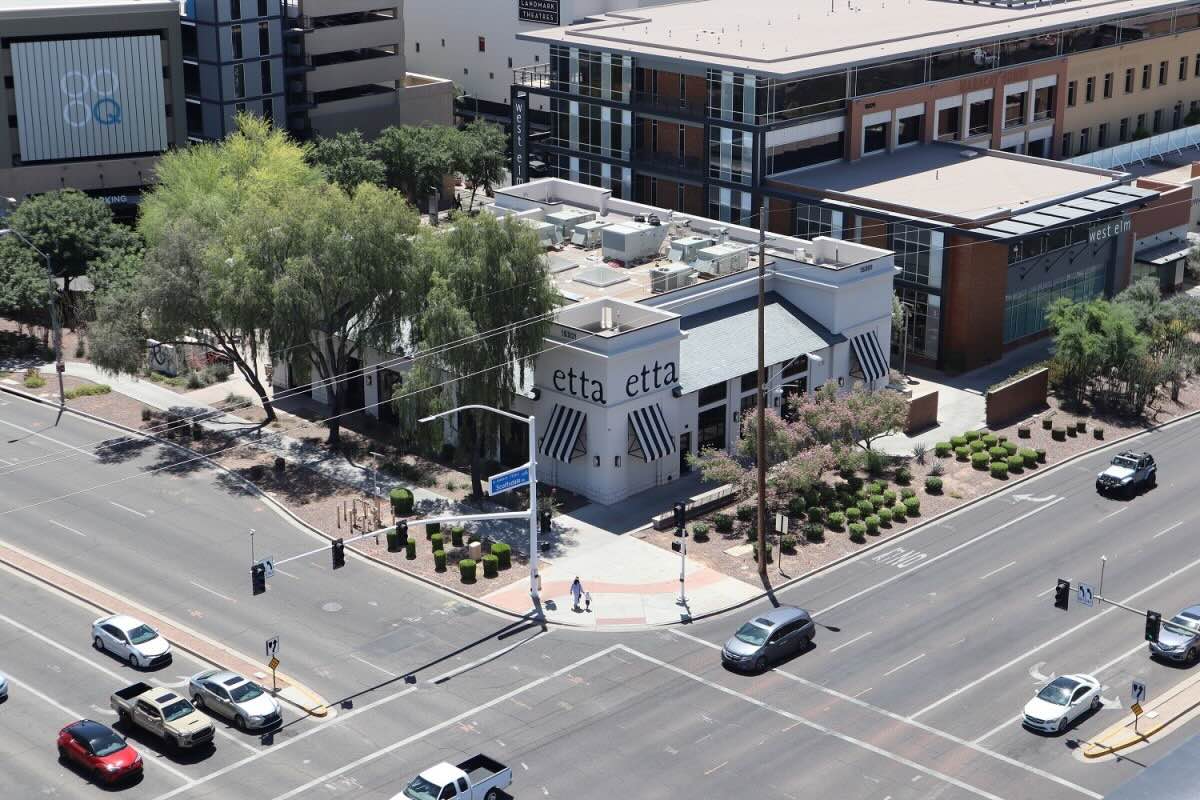
Regional Drive Times
- Sedona: 117 miles north; 2 hours via I-17 and AZ 179
- Flagstaff: 146 miles north; 2.5 hours via I-17
- Tucson: 119 miles southeast; 2 hours via I-10
- Las Vegas: 301 miles northwest; 4.5 hours via US 93
- San Diego: 359 miles west; 6 hours via I-8
Local Access Points
- ASU Tempe Campus: 15 miles south; about 25 minutes
- Scottsdale Fashion Square: Central Scottsdale location
- TPC Scottsdale: In North Scottsdale; 20 minutes from Old Town
- Four Corners: Northeast edge near Fountain Hills
Scottsdale's Layout | North, South, & Old Town
Scottsdale divides into four distinct areas: South Scottsdale (McKellips Road north to Thomas Road), Old Town Scottsdale, Central Scottsdale (the "Shea Corridor" from Camelback Road north to Shea Boulevard), and North Scottsdale.
South Scottsdale (85250-85251 Zip Codes)
South Scottsdale runs from the Salt River up to Thomas Road. It’s the city’s most centrally placed pocket, with quick access to downtown Phoenix and Sky Harbor.
You’ll find a mix of mid-century ranch homes on larger lots, plus newer builds in master-planned communities. Scottsdale Road cuts north to south through the area, while McDowell handles the east-west flow.
The area also includes local favorites, like Coronado Golf Course and Rolling Hills, and Salt River spots for biking and kayaking.
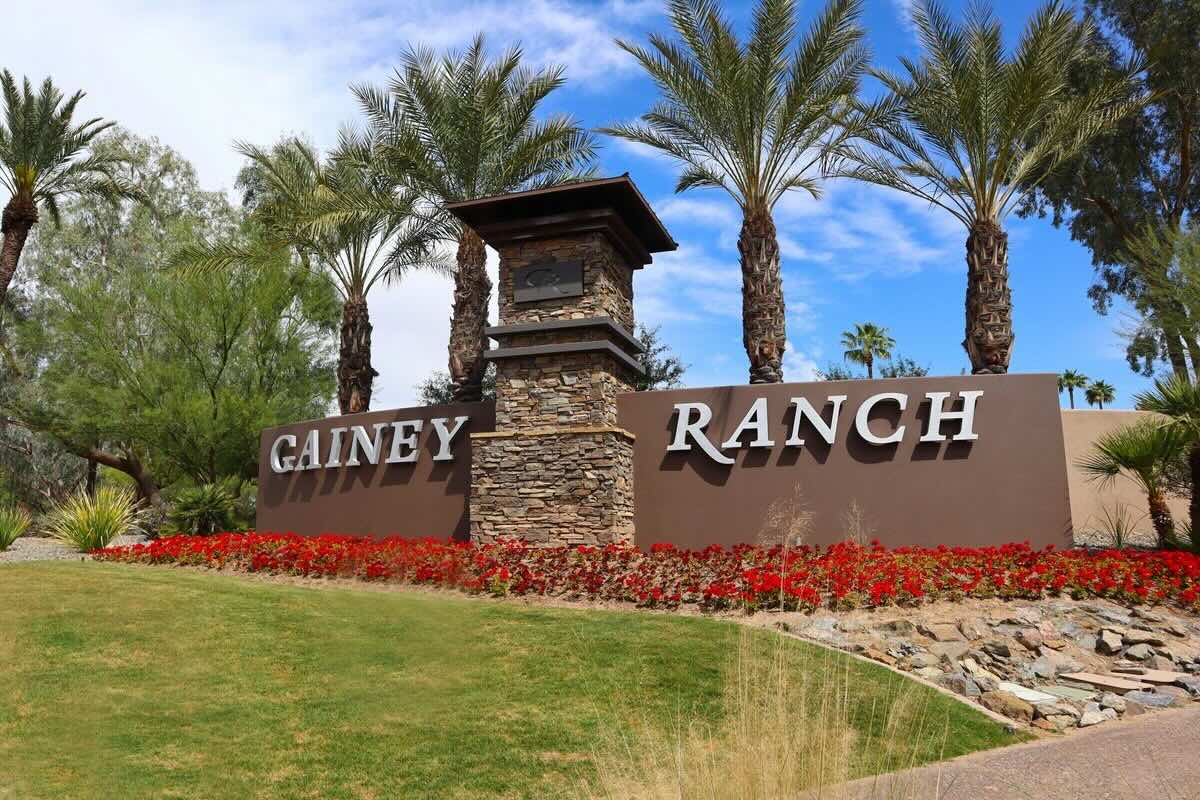
Old Town Scottsdale (85251-85257 Zip Codes)
Old Town stretches from Thomas Road to just past Indian School. It’s Scottsdale’s original core and is now packed with galleries, restaurants, nightlife, and other Scottsdale activities, all within a pedestrian-friendly grid.
You’ll find everything from luxury condos and lofts to gated homes tucked just off the main drags. The Scottsdale Civic Center anchors the arts scene with the Museum of Contemporary Art and the Center for the Performing Arts.
Retail and dining hubs run along Fifth Avenue and Marshall Way. And every spring, Scottsdale Stadium draws fans for San Francisco Giants training.
Central Scottsdale/Shea Corridor (85257-85260 Zip Codes)
Central Scottsdale runs from Camelback Road up to Shea Boulevard. It’s the bridge between Old Town energy and the quieter luxury of North Scottsdale. Shea Boulevard cuts across the Valley, giving this corridor its name.
Most of the area was built between the 1970s and 1990s, with master-planned communities and championship courses shaping the layout. Think McCormick Ranch and Gainey Ranch.
Scottsdale Fashion Square (one of the top luxury retail centers in the country) anchors the southern end at Scottsdale and Camelback.
North Scottsdale (85255, 85262, 85266 Zip Codes)
North Scottsdale stretches from Shea to the city’s edge and climbs in elevation as it nears the McDowells. With that rise comes bigger lots and bigger views.
Most of the area took shape after 1990. Development focused on keeping the desert intact by protecting ridgelines, preserving washes, reducing city sprawl, and keeping views wide open.
Communities like Silverleaf, Estancia, and Desert Mountain bring gated privacy, custom builds, and championship-level golf. Many homes here push past 5,000 square feet, and in areas like Pinnacle Peak, it’s common to find two-acre lots tucked against the preserve.
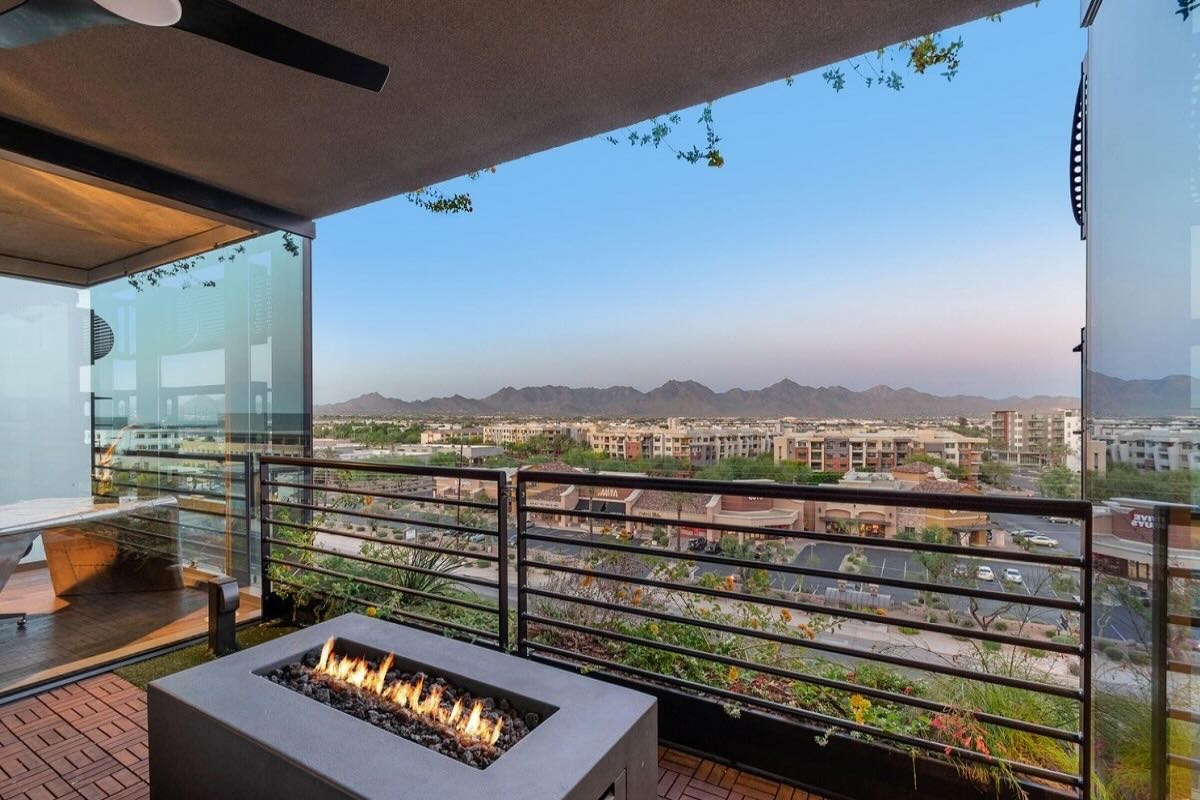
The Borderlines | What's Actually Scottsdale Vs Nearby Cities
City lines in Greater Phoenix affect everything from property taxes to development rules, and buyers often assume they're in Scottsdale when they’re not. Here’s the borderlines so you know exactly where you are.
Scottsdale Zip Codes
- 85250
- 85251
- 85254
- 85255
- 85257
- 85258
- 85259
- 85260
- 85262
- 85266
Scottsdale Border Confusion
Paradise Valley is located in zip code 85253 and directly borders Scottsdale. Plenty of luxury homes listed as “Scottsdale” are actually in Paradise Valley or just outside city lines in unincorporated Maricopa County.
Paradise Valley plays by its own rules. One-acre minimums, strict design reviews, and quiet streets keep it low-density and ultra-private. It may not say Scottsdale on paper, but buyers looking at top-tier real estate often cross that line without blinking.
The western edge of Scottsdale meets Phoenix along streets like Tatum and 64th. On one side of the street, you’re in Scottsdale. On the other, you’re not. Some Phoenix addresses (like 85016 and 85018) even use Scottsdale in the mailing label, which only adds to the confusion.
For true boundaries, check with the Maricopa County Assessor.
Some properties sit in unincorporated Maricopa County but function as if they’re in Scottsdale. These “county islands” often come with larger lots, fewer restrictions, and full access to Scottsdale schools and services.
Up north, Scottsdale blends into Cave Creek (85331) and Carefree (85377). The zip codes change, but the upscale vibe stays the same. For many buyers, it’s all one luxury corridor.
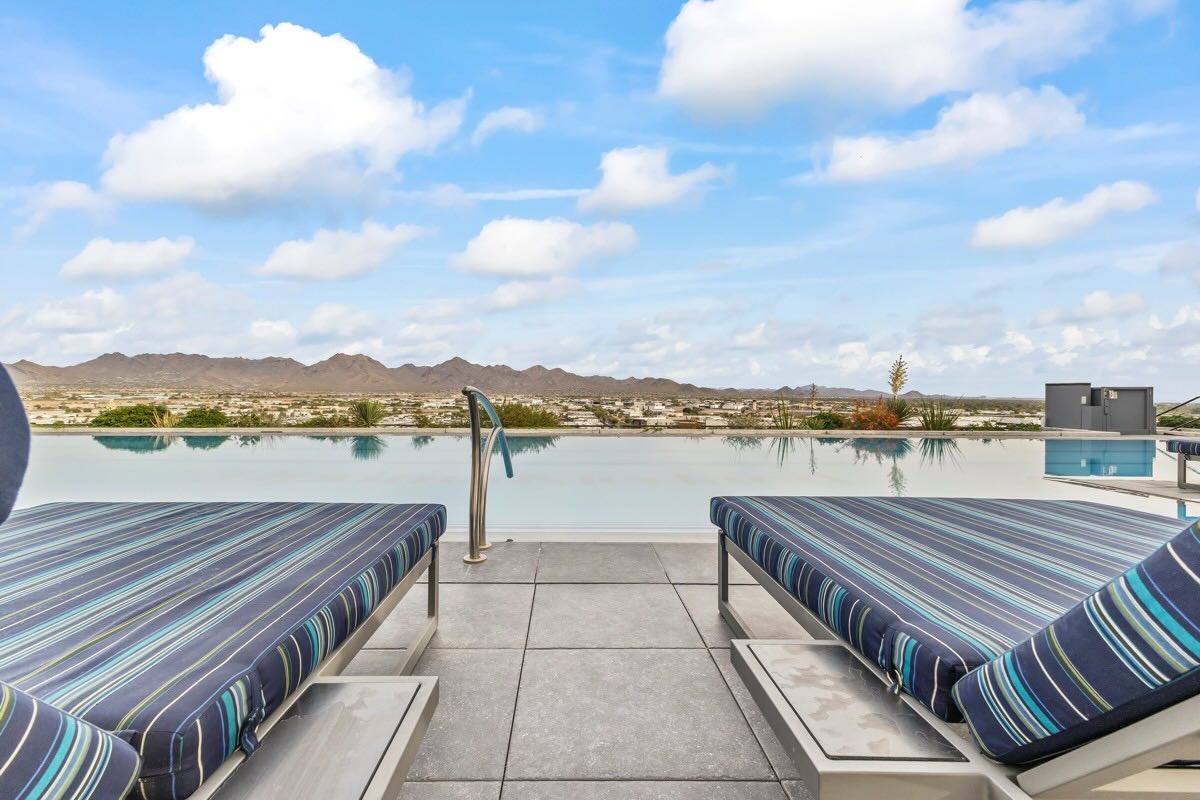
What Makes This Location So Popular With Buyers
Scottsdale’s staying power comes down to five things: geography, access, golf, healthcare, and strong city management.
Geographic Advantages
The Sonoran Desert shapes how Scottsdale feels and prices. Elevation climbs from 1,200 feet in the south to more than 3,000 feet in the north. Higher elevations bring cooler summer temps and cleaner air, all of which push demand, especially in North Scottsdale’s custom-home communities.
Scottsdale also averages 300 sunny days a year. Winter stays mild and dry, which drives seasonal interest and second-home ownership.
Airport Proximity Value
With more than 1,200 daily flights, the airport offers nonstop access to over 120 destinations. For business travelers and frequent flyers, that level of access is rare in a luxury market.
Golf As Infrastructure
Scottsdale and its neighbors include more than 200 courses within a 30-mile radius. That includes PGA-level venues like TPC Scottsdale and top-ranked private clubs. Golf course communities tend to hold resale value better and attract year-round buyer demand.
Healthcare Infrastructure
The Mayo Clinic’s Scottsdale campus supports a broad medical ecosystem. That includes HonorHealth Shea, Scottsdale Osborn, and a long list of specialty practices.
For many buyers, especially those relocating from out of state, access to healthcare plays a significant role in their location decisions.
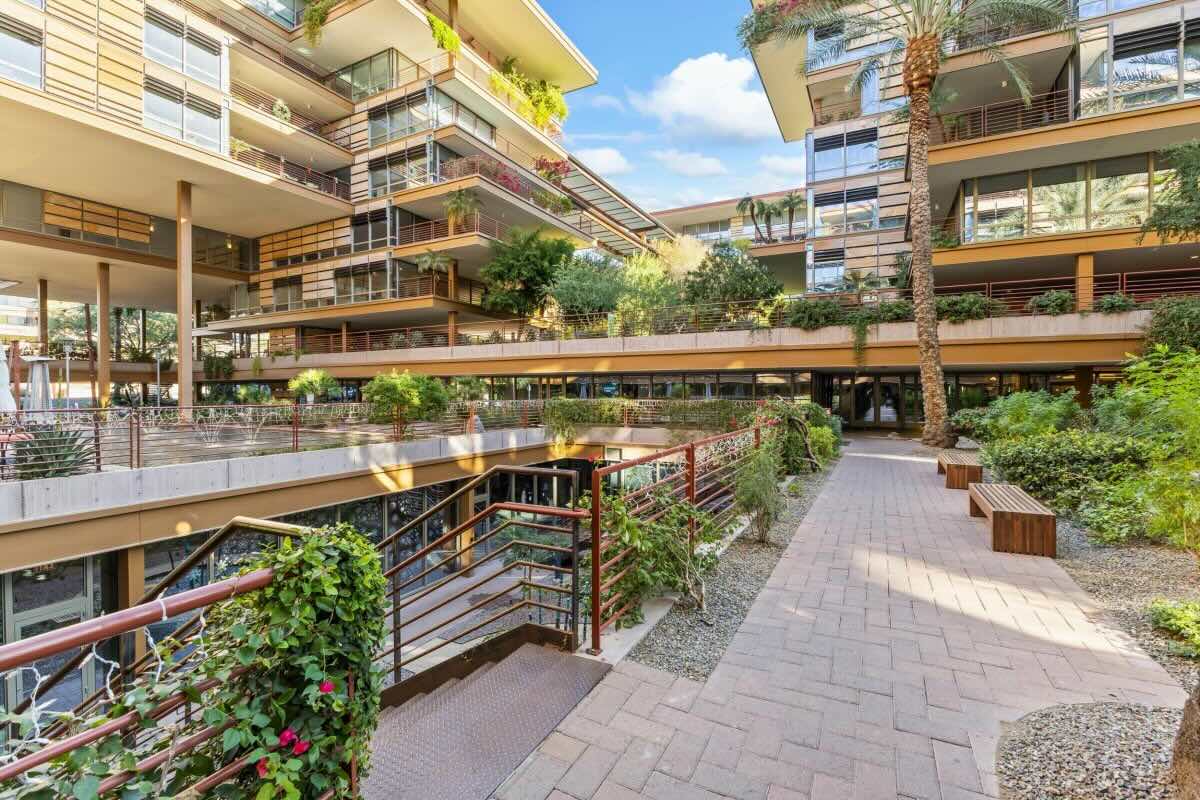
Municipal Codes That Limit Overbuilding
Scottsdale enforces hillside and desert preservation regulations that shape development. Many projects must preserve 25 to 60 percent of land in its natural condition.
These rules help keep density low and views protected. The city’s commercial tax base, led by resorts and Scottsdale Fashion Square, offsets pressure on residential property taxes.
Mountains, preserves, and Indian reservation land also lock in the city’s edges. That limits supply, especially for large-lot homes. During market downturns, this scarcity helps Scottsdale see smaller price drops and faster recoveries compared to other zip codes.
Final Thoughts
Scottsdale stays in demand because it delivers proximity without the tradeoffs. Smart planning, strict codes, robust healthcare, and natural barriers keep its market steady, even when others wobble.
We break down Scottsdale and other communities here on LUXE BLOG. If you’re buying or selling and want real answers about zoning or what’s actually considered Scottsdale, Williams Luxury Homes is here to help.


















